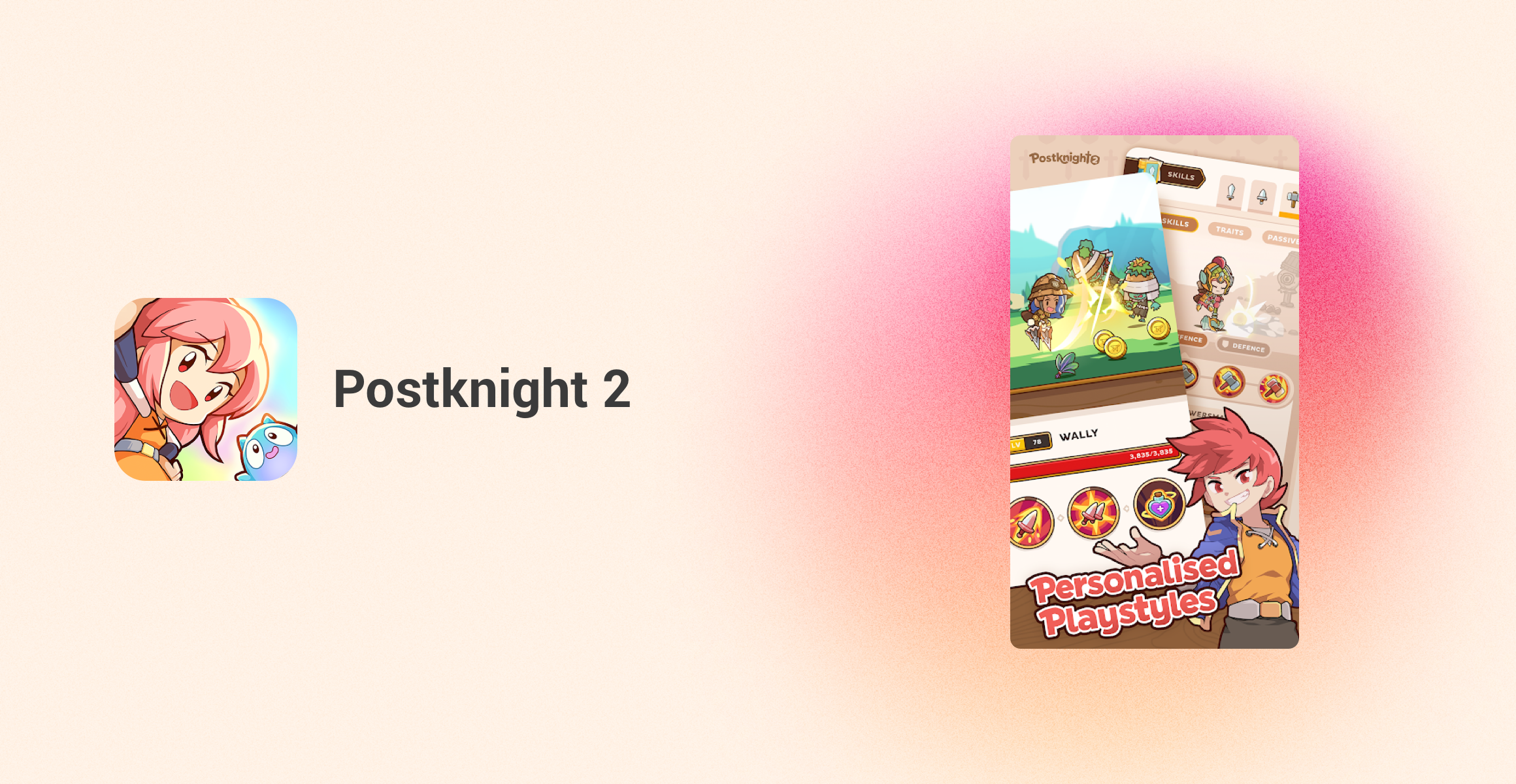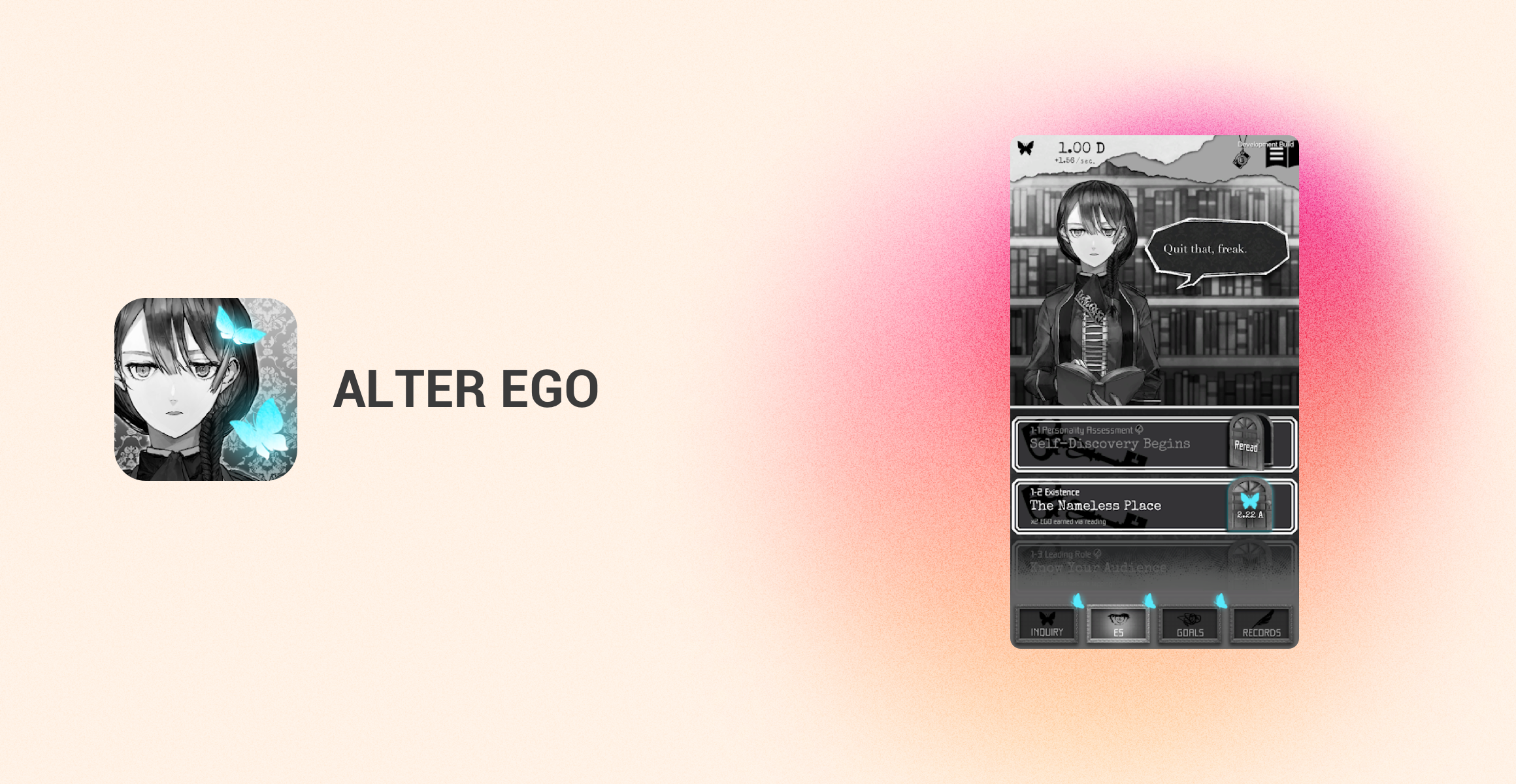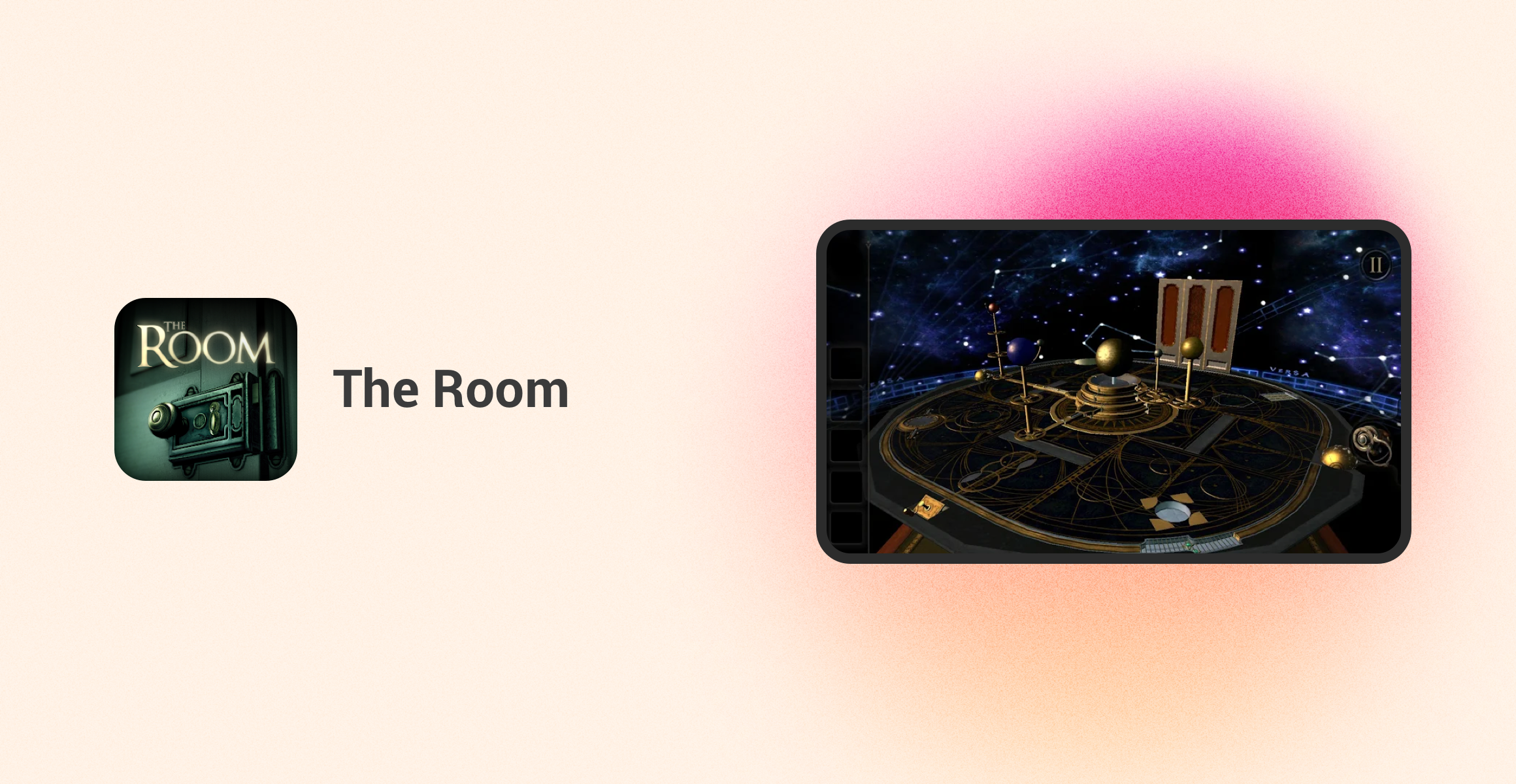Epic Adventures Await: Experience Intrigue, Reflection, and Exploration
Postknight 2: An Adventurous Tale in a Charming World
Introduction
Postknight 2 continues the whimsical and adventurous journey where players step into the shoes of a valiant postknight. Set in a fantastical realm, the game revolves around delivering crucial parcels across perilous terrains. Along the way, players engage in battles, forge bonds with various characters, and upgrade their knight’s abilities to ensure successful deliveries.

User Experience
Core Mechanics:
Postknight 2 stands out with its unique blend of RPG elements and casual gameplay. At its core, players are challenged to manage delivery routes while overcoming obstacles like ferocious beasts and bandits. The primary goal is to complete deliveries while collecting resources to enhance the postknight's skills and equipment. Various missions and side quests add depth, providing rewards that range from experience points to rare items. Each delivery not only bolsters the postknight’s reputation but also unlocks new areas and storylines, creating a compelling loop of exploration and progression.
Control Experience:
The controls in Postknight 2 are elegantly simple, designed for smooth play on mobile devices. Players can execute attacks, defenses, and special abilities through intuitive touch gestures. The game's responsiveness ensures that combat feels dynamic and engaging, with a gradual increase in complexity as new abilities are unlocked. This simplicity allows players to focus more on the strategy and timing of their actions rather than grappling with cumbersome controls.
Graphics and Visuals:
Visually, Postknight 2 is a delight. The game employs a charming, cartoonish art style that’s both vibrant and inviting. Each environment is meticulously crafted, from lush forests to bustling villages, enhancing the overall immersion. Character animations are fluid, and the attention to detail in their design makes interactions feel lively. The art style complements the lighthearted tone of the game, creating a visually cohesive experience.
Sound and Music:
The audio design in Postknight 2 enriches the gameplay with its whimsical and upbeat soundtrack. Background music dynamically shifts to match the in-game scenarios, be it a peaceful village theme or an intense battle score. Sound effects for combat and environment add a layer of realism and excitement. Although voice acting is minimal, the sound design effectively conveys the personalities and moods of the characters encountered.
Community and Interaction:
Postknight 2 integrates social elements that enhance the gameplay experience. Players can join guilds, participate in global events, and share achievements with friends. These community features foster a sense of camaraderie and competition, motivating players to improve their postknight’s skills and reputation. Leaderboards and cooperative missions bring players together, whether in friendly competition or joint endeavors to tackle challenging content.
Monetization Strategy
Payment Model:
The game follows a freemium model, with the option to make in-app purchases. Players can buy in-game currency used to acquire rare items, speed up upgrades, or purchase aesthetic customizations for their character.
Value Perception:
The monetization strategy in Postknight 2 is balanced, offering significant value without being intrusive. In-app purchases provide convenience and enhancements but are not essential for enjoying the full game. This ensures that both paying and non-paying players can have a fulfilling experience. The pricing is reasonable, aligning well with the content and benefits received.
Competition Comparison
In comparison to other mobile RPGs, Postknight 2’s casual yet engaging approach sets it apart. While games like “Another Eden” and “Final Fantasy Brave Exvius” offer more intricate storylines and complex mechanics, Postknight 2 excels with its accessible gameplay and charming aesthetic. It’s perfect for players seeking a lighter, yet equally rewarding RPG experience.
 | View > |
|---|
Scores:
- Core Mechanics: 9/10
- Control Experience: 9/10
- Graphics and Visuals: 8/10
- Sound and Music: 7/10
ALTER EGO: An Introspective Puzzle into the Mind
Introduction
ALTER EGO is a profoundly unique game that delves into the depths of self-reflection and psychological exploration. Set in a monochrome world, players interact with various abstract characters and scenarios that challenge their perceptions and psyche. The ultimate goal is to uncover and understand different aspects of oneself through a series of choices and discoveries.

User Experience
Core Mechanics:
ALTER EGO is centered around a text-based adventure where players make choices that influence the narrative’s direction. The game’s mechanics revolve around tapping on dialogue options and decision points, where each choice has a consequence that shapes the storyline and character’s development. Players gather “EGO” points, which unlock new dialogue paths and insights. The introspective nature of the gameplay encourages players to pause and reflect on their own thoughts and beliefs, creating a deeply personal experience.
Control Experience:
The controls in ALTER EGO are straightforward, emphasizing simplicity to focus on the narrative’s depth. Players navigate through text and choices with easy taps, ensuring a seamless and immersive experience. The interface is clean and minimalistic, enhancing the game’s contemplative atmosphere. This design choice allows players to fully engage with the psychological themes without distraction.
Graphics and Visuals:
ALTER EGO’s visual style is striking, utilizing a stark black-and-white palette that complements its existential themes. The minimalist art and sharp contrasts create a haunting and thought-provoking ambiance. Characters and environments are depicted through simple yet evocative drawings, which contribute to the game’s abstract and surreal feel. The visual design effectively supports the narrative’s introspective journey, making every scene memorable and impactful.
Sound and Music:
The game’s audio design is exceptional, featuring a hauntingly beautiful piano score that underscores the emotional depth of the narrative. Each piece of music is meticulously crafted to evoke specific feelings, from melancholy to introspection. Sound effects are minimal but purposeful, enhancing key moments without overwhelming the player. The subtlety in the sound design mirrors the game’s overall aesthetic, creating an immersive auditory experience that complements the visual style.
Community and Interaction:
While ALTER EGO is predominantly a solitary experience, it does include features that encourage shared reflections. Players can connect with each other through forums and social media platforms to discuss their interpretations and insights. This community aspect adds another layer of engagement, allowing players to explore different perspectives and deepen their understanding of the game’s themes.
Monetization Strategy
Payment Model:
ALTER EGO employs a one-time purchase model with no in-app purchases. This approach aligns with the game’s philosophy of providing a complete and unintrusive experience.
Value Perception:
The value offered by ALTER EGO is substantial, considering its depth and replayability. Each playthrough offers new insights and paths, making it worth the initial investment. The absence of additional purchases ensures that players can explore the game’s full breadth without encountering barriers.
Competition Comparison
Compared to other narrative-driven games like “Oxenfree” or “Gris”, ALTER EGO’s focus on psychological exploration sets it apart. While those games offer rich stories and emotional journeys, ALTER EGO’s introspective and minimalist approach provides a uniquely personal and thought-provoking experience. Its stark visual style and profound narrative make it a standout title in the narrative genre.
 | View > |
|---|
Scores:
- Core Mechanics: 8/10
- Control Experience: 8/10
- Graphics and Visuals: 9/10
- Sound and Music: 9/10
The Room: A Mesmerizing Puzzle of Mystery and Intrigue
Introduction
The Room is a captivating puzzle game that immerses players in a world of mystery and intricate mechanical contraptions. With an emphasis on tactile exploration and problem-solving, the game challenges players to unlock secrets hidden within beautifully crafted puzzle boxes. The aim is to solve a series of interconnected puzzles that reveal more about the enigmatic narrative.

User Experience
Core Mechanics:
The Room's primary gameplay involves manipulating intricate puzzle boxes to uncover hidden mechanisms and clues. Players must interact with various objects, rotating, sliding, and examining them to progress. The puzzles are cleverly designed, requiring keen observation and logical thinking. Each box is a marvel of engineering, presenting layers of challenges that unfold as players discover new tools and mechanisms. The game's escalating difficulty keeps players engaged, making each solved puzzle a satisfying triumph.
Control Experience:
The controls in The Room are perfectly tuned for an immersive experience. Players use intuitive touch gestures to spin, zoom in on, and manipulate objects. The responsiveness is remarkable, giving a tangible feel to virtual interactions. This physicality enhances immersion, making the process of solving puzzles feel authentic and rewarding. The interface is uncluttered, ensuring that nothing detracts from the tactile pleasure of exploring the intricate mechanisms.
Graphics and Visuals:
The Room’s graphics are outstanding, with meticulously detailed environments and objects that create a rich and atmospheric setting. The lighting and textures are particularly noteworthy, adding depth and realism to every scene. Each puzzle box is a work of art, with intricate designs and hidden compartments that gradually reveal themselves. The visual fidelity and high-quality animations make interactions feel lifelike, heightening the sense of mystery and discovery.
Sound and Music:
Sound design is a vital component of The Room's immersive experience. The ambient soundscape sets a tense and captivating mood, while each mechanical interaction is accompanied by convincing sound effects that enhance the realism. The sparse yet evocative background music adds to the atmosphere, drawing players deeper into the enigma. The audio cues also serve as subtle hints, aiding players in solving more complex puzzles.
Community and Interaction:
Though The Room is primarily a solo experience, it has a significant community presence. Players often share their experiences, theories, and tips on forums and social media. This interaction enriches the gameplay experience, especially for those seeking to discuss the game’s more obscure puzzles and narrative hints. Such community engagement helps sustain interest and offers a platform for collective problem-solving.
Monetization Strategy
Payment Model:
The Room utilizes a one-time purchase model, granting full access to the game without any additional in-app purchases. This model is fitting for a game focused on delivering a cohesive, uninterrupted experience.
Value Perception:
The game offers exceptional value, given its high production quality, engaging puzzles, and immersive atmosphere. Players receive a complete and satisfying experience with the initial purchase, free from ads or paywalls. The attention to detail and craftsmanship ensures that the game’s price is more than justified.
Competition Comparison
When compared to other puzzle games like “The Witness” or “Monument Valley”, The Room’s unique focus on mechanical puzzles and tactile interaction distinguishes it. While the other titles offer visually stunning and intellectually challenging experiences, The Room excels in creating a physically engaging and mysterious atmosphere. Its intricate design and enveloping story set it apart as a premier puzzle game.
 | View > |
|---|
Scores:
- Core Mechanics: 10/10
- Control Experience: 10/10
- Graphics and Visuals: 10/10
- Sound and Music: 9/10